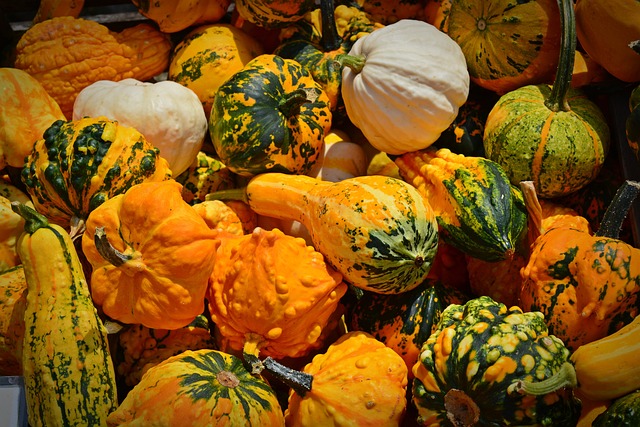Tree trimming is a vital practice for maintaining tree health, safety, and aesthetics. It also necessitates the removal of resulting debris, which can be an environmental concern if not managed properly. This article delves into the best practices for tree trimming, the efficient handling of yard waste, and the role of recycling in managing this organic material sustainably. We’ll explore the benefits of regular tree maintenance and introduce you to effective yard waste removal methods while adhering to local regulations. Join us as we navigate the importance of yard waste removal and recycling for a greener environment.
- Understanding Tree Trimming: Benefits and Best Practices
- Efficient Yard Waste Removal Methods and Local Regulations
- The Role of Recycling in Yard Waste Management and Sustainable Practices
Understanding Tree Trimming: Benefits and Best Practices

Regular tree trimming is a pivotal aspect of maintaining a healthy, safe, and aesthetically pleasing landscape. This practice involves selectively cutting branches, both for the tree’s well-being and to ensure safety for those in proximity. The benefits of tree trimming are manifold: it promotes tree health by allowing light and air to reach all parts of the tree, which is essential for proper growth and reduces the risk of fungi and pest infestation. Additionally, it shapes trees, improves visibility, and prevents limbs from growing into areas where they could cause damage or interfere with structures, power lines, or pedestrian areas.
When undertaking tree trimming, adherence to best practices is crucial to avoid harm to the tree and ensure that the task is performed safely and effectively. Professional arborists recommend removing only one-quarter to one-third of a tree’s crown at any one time to minimize stress. It’s also important to make precise cuts to encourage new growth and to remove yard waste properly. After trimming, the resulting debris should be promptly removed and repurposed. Yard waste removal and recycling services are not only beneficial for the environment but also essential for complying with local regulations. These services can transform tree trimmings into mulch, animal bedding, or compost, thus reducing landfill use and returning nutrients to the soil. By employing these best practices and utilizing yard waste removal services, homeowners and landscapers can ensure that their tree trimming activities contribute positively to both the health of the trees and the well-being of the environment.
Efficient Yard Waste Removal Methods and Local Regulations

Effective yard waste removal is a critical component of landscape maintenance, ensuring both the health of trees and compliance with local environmental regulations. Municipalities often have specific guidelines for the disposal of yard waste, which typically includes grass clippings, leaves, branches, and other organic matter resulting from routine landscaping activities like tree trimming. These regulations are designed to manage waste responsibly and promote recycling programs that convert yard waste into compost or mulch, enriching soil health and reducing the need for chemical fertilizers. Homeowners can facilitate this process by separating their yard waste from other types of trash, thereby enabling more efficient collection and processing.
Local regulations vary, with some areas offering curbside pick-up services for organic waste, while others may require residents to bring their yard waste to designated drop-off sites. Additionally, many regions have specialized facilities that convert yard waste into usable products through composting or anaerobic digestion. These facilities not only support sustainable waste management but also provide residents with access to high-quality compost for their gardens and landscapes. It is imperative for individuals to familiarize themselves with the specific yard waste removal and recycling regulations in their area to ensure compliance and contribute positively to environmental conservation efforts. Understanding these local ordinances can also help in optimizing the removal process, making it more efficient and less of a burden on both householders and local waste management services.
The Role of Recycling in Yard Waste Management and Sustainable Practices

Tree trimming and yard waste removal are integral components of maintaining a healthy landscape and ensuring safety in residential and public areas. The process of tree trimming not only promotes tree health by removing diseased, damaged, or dead branches but also enhances property aesthetics and safety by preventing potential hazards from falling onto buildings, roads, or walkways. As branches and leaves are cleared, the resulting yard waste presents an opportunity for sustainable practices. Yard waste recycling plays a pivotal role in this context.
Yard waste recycling programs transform organic material like leaves, branches, and grass clippings into valuable resources such as compost or mulch. These materials enrich soil health, reduce the need for chemical fertilizers, and conserve water by improving soil moisture retention. Recycling yard waste also diverts a significant amount of organic matter from landfills, where it would otherwise decompose anaerobically, producing methane—a potent greenhouse gas. By integrating yard waste removal and recycling into community sustainability initiatives, we can significantly decrease environmental impact while providing beneficial soil amendments for local gardens, farms, and landscapes. This not only supports the health of ecosystems but also aligns with broader sustainable practices that promote resource conservation and environmental stewardship.






